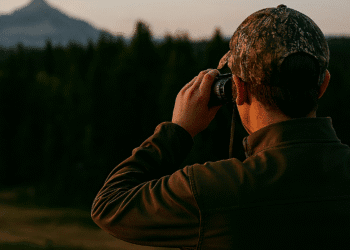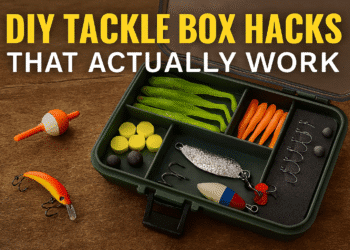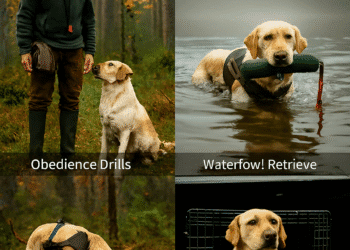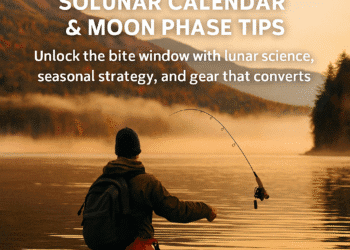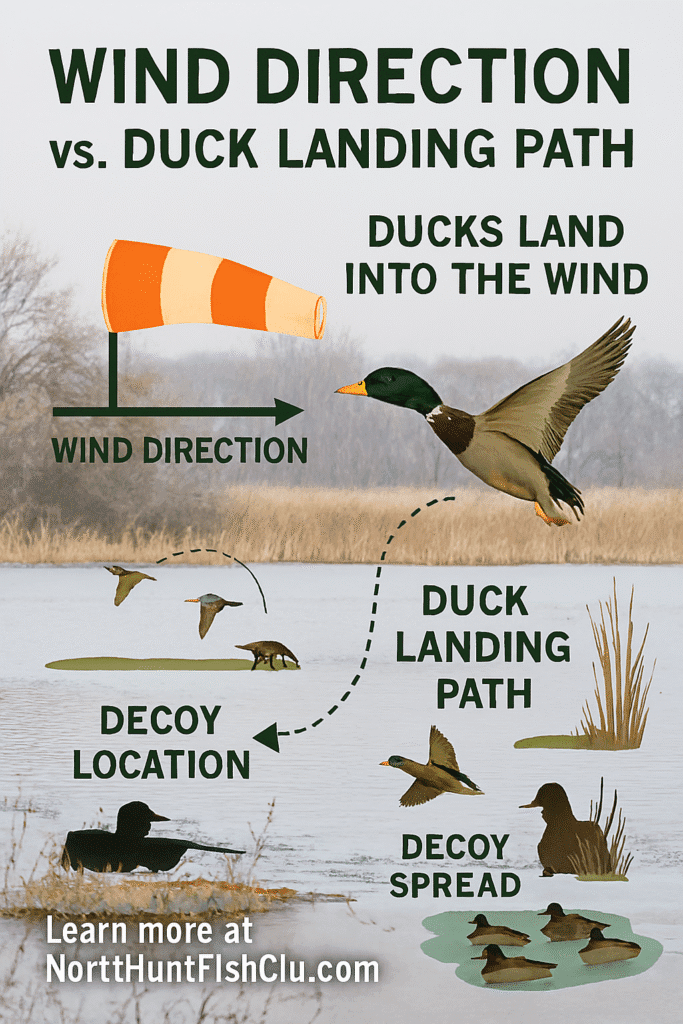
If you’ve ever watched a flock of mallards spiral over a prairie wetland, you’ve likely asked: why do ducks circle before landing? This behavior isn’t random—it’s a calculated, adaptive strategy rooted in flight physics, predator avoidance, and social coordination. Understanding it can elevate your hunting success and reinforce your authority as a waterfowl expert.
✈️ Aerodynamic Precision: How Ducks Use Wind and Terrain – Why Ducks Circle Before Landing
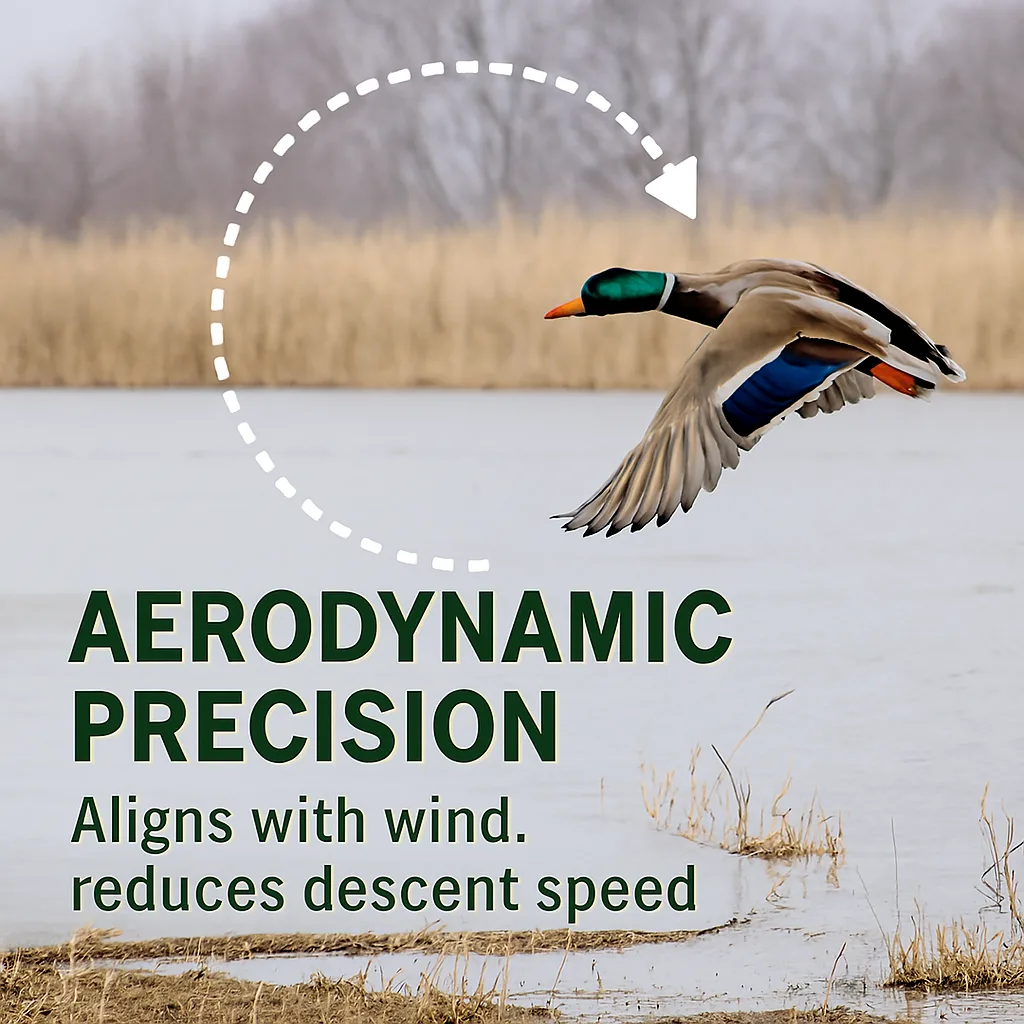
Ducks are among the most efficient fliers in the avian world. According to Ducks Unlimited Canada, species like the northern pintail can migrate over 3,000 km non-stop, while king eiders may travel up to 10,000 km annually. This endurance is made possible by their wing structure and flight mechanics.
When preparing to land, ducks must decelerate from speeds of 40–60 km/h. Circling allows them to:
- Bleed off speed gradually without stalling
- Align with wind direction to reduce ground speed and increase lift
- Use thermals and updrafts to maintain altitude while assessing the landing zone
- Adjust for terrain such as ice edges, submerged vegetation, or uneven water surfaces
🛡️ Predator Avoidance: Scanning for Threats Before Touchdown – Why Ducks Circle Before Landing
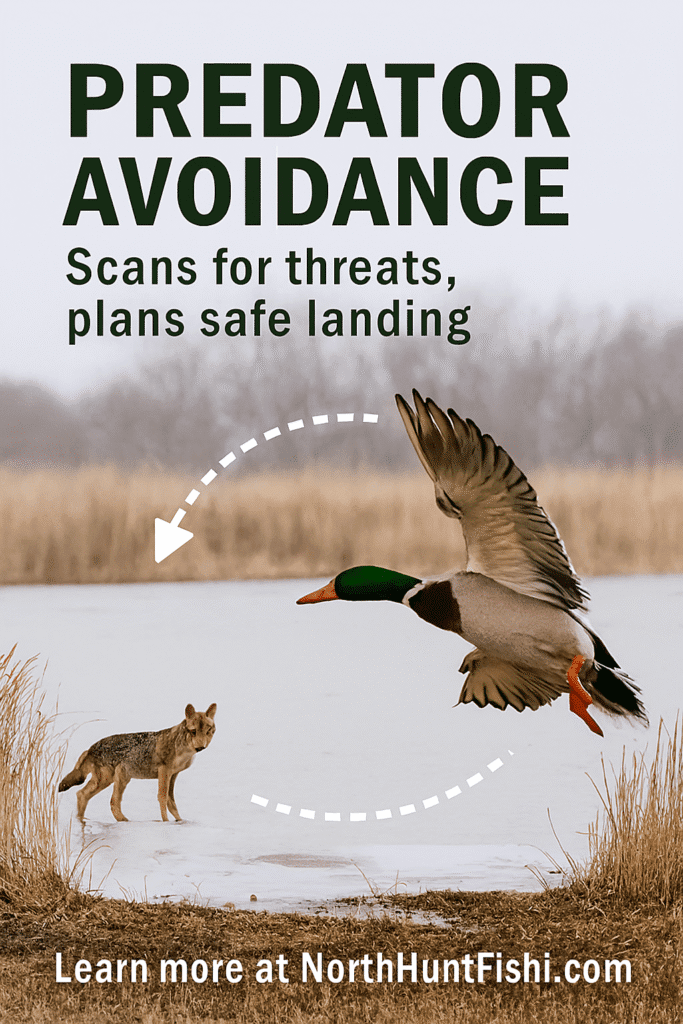
Circling is a defensive maneuver. From 30–50 feet above the water, ducks can:
- Spot movement in blinds or along shorelines
- Detect unnatural reflections from gear, faces, or decoys
- Abort landings if they sense danger, often flaring and climbing rapidly
This behavior is especially pronounced in late-season birds, which have survived earlier hunting pressure and are more cautious. On forums like Northhuntfiish.com and /r/Waterfowl and Canadian hunting groups, seasoned hunters often note that “educated ducks” will circle multiple times, testing the setup before committing.
Related: Innovative Hunting Tactics for Ducks
🗣️ Social Dynamics: Communication and Hierarchy in Flight – Why Ducks Circle Before Landing
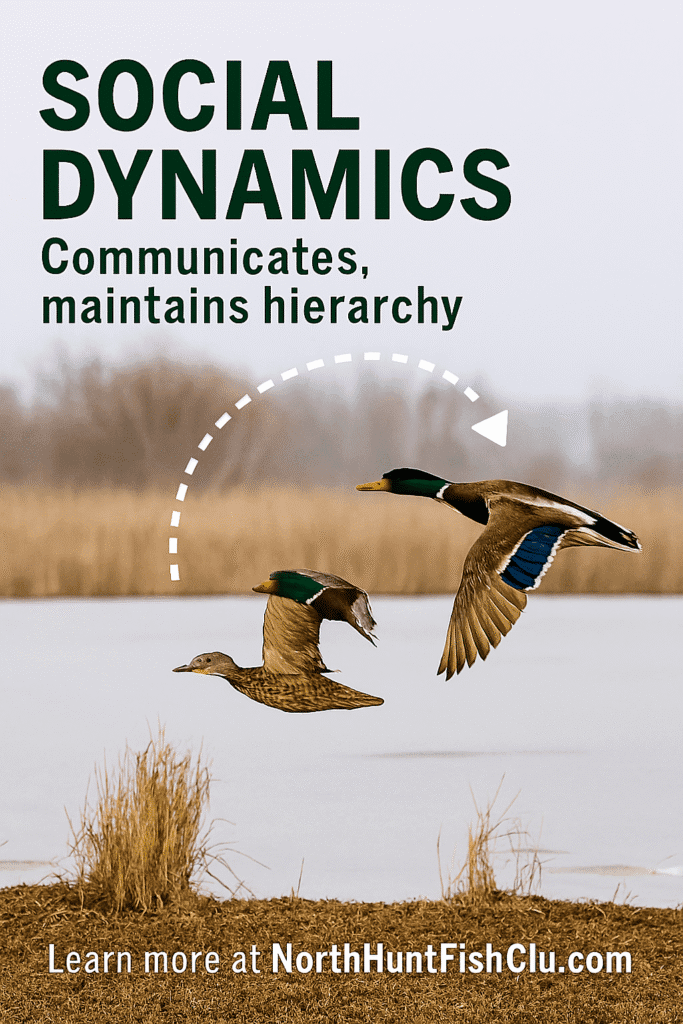
Ducks are not just reacting to the environment—they’re communicating constantly:
- Vocalizations: Lead birds emit soft quacks or whistles to signal readiness
- Body language: Wing position and head tilt help coordinate flock movement
- Hierarchy: Dominant birds often lead the descent, especially in mixed-age flocks
This behavior is supported by research on avian social structures, which show that birds flying in formation rely on both visual and auditory cues to maintain cohesion.
🎯 Hunting Strategy: What Circling Means for Decoy Setup
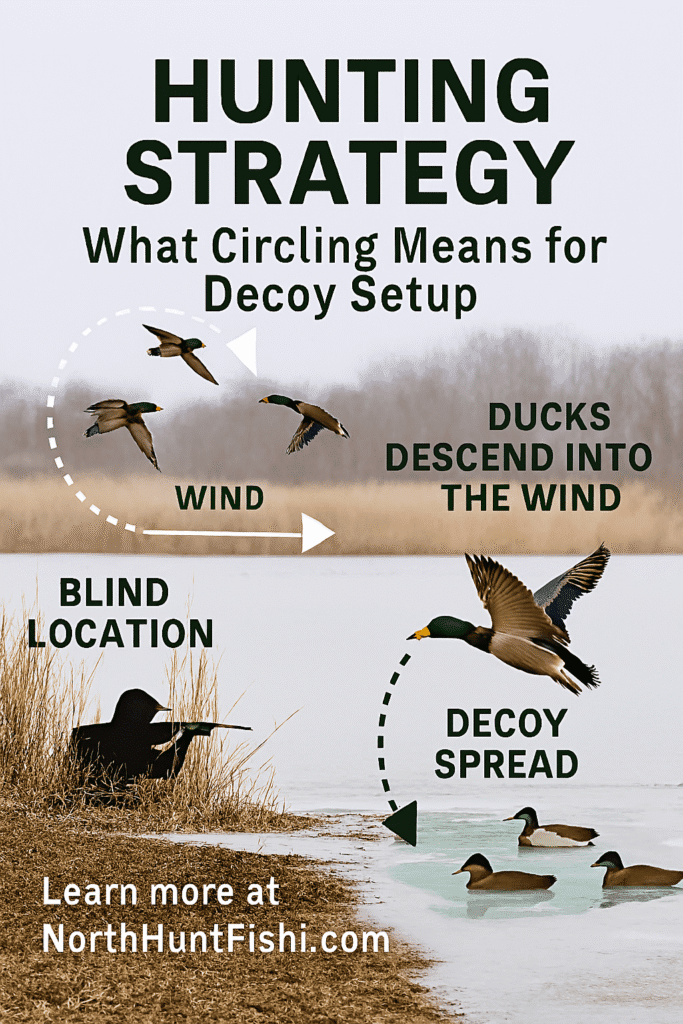
Understanding circling behavior gives hunters a tactical edge:
- Decoy realism: Birds circling overhead are evaluating your spread. Use motion decoys to simulate movement
- Wind-based placement: Always set decoys with the wind at your back. Ducks will land into the wind, giving you optimal shooting lanes
- Calling cadence: Resist the urge to overcall. Use comeback calls only after the first pass
- Blind concealment: Circling ducks can spot shiny gear, exposed faces, or unnatural shadows. Use natural cover and avoid movement
Related: Ultimate Duck Hunting Calling Tips External: Ducks Unlimited – Migration Flyways
🧬 Species-Specific Circling Behavior
Not all ducks circle the same way:
Species Circling Behavior Notes Mallards Frequent circling Highly social; respond well to calling Teal Fast, tight circles Often land in groups; quick to flare Pintails Wide, high-altitude circles Cautious; prefer open water Scaup, Canvasbacks Minimal circling Direct approach; prefer large water bodies Snow Geese High-altitude spirals Use circling to coordinate massive flocks Understanding these patterns helps tailor your decoy spread and calling techniques.
❓ Myth vs. Fact: Debunking Common Misconceptions
Myth: Ducks circle for fun Fact: Circling is strategic—used for safety, coordination, and terrain assessment
Myth: Circling means they won’t land Fact: Circling often precedes landing unless danger is detected
Myth: All ducks circle Fact: Dabblers circle more; divers often land directly
External: USFWS – Ducks at a Distance Guide (PDF)
📚 FAQ: Top Search Questions Answered – Why Ducks Circle Before Landing
1. Why do ducks circle before landing?
To align with wind, scan terrain, and coordinate with their flock. It’s a strategic behavior backed by flight science and predator awareness.
2. Do ducks always land into the wind?
Yes. Wind alignment reduces ground speed and improves control. Hunters use this to position decoys and blinds.
3. How do ducks choose where to land?
They assess water depth, vegetation, food availability, and safety. Circling gives them time to evaluate these factors.
4. What does it mean when ducks circle overhead?
It signals interest but caution. Ducks may land if conditions are safe or flare off if they detect danger.
5. Do different duck species land differently?
Yes. Dabblers circle more; divers often approach directly due to wing shape and flight style.
6. Can ducks land on land or only water?
They prefer water but will land in fields during migration. Snow geese and mallards often feed in stubble fields.
7. How does wind affect duck landings?
Wind is the primary factor. Ducks use it to slow descent and maintain control. Hunters should always set spreads with wind at their back.
8. Why do ducks fly in circles before landing?
To align with wind, scan for threats, and communicate with their flock. It’s a coordinated descent strategy.
9. Do ducks communicate while circling?
Yes. They use vocalizations and body positioning to signal intent and follow dominant birds.
10. Is circling a sign ducks will land or leave?
It’s a sign of interest. If conditions are safe, they’ll land. If not, they’ll flare off.
Related: Best Hunting Gear Essentials
🔍 Advanced Behavioral Insights – Why Ducks Circle Before Landing
Thermoregulation and Energy Conservation
Circling may also serve a thermoregulatory function. In cold conditions, ducks may circle to maintain body temperature and avoid sudden immersion in icy water. This is especially relevant in late-season hunts across Manitoba and Saskatchewan.
Visual Acuity and Landing Zones
Ducks have monocular vision with a wide field of view but limited depth perception. Circling allows them to triangulate distance and depth, ensuring they don’t land in shallow or frozen water.
Circling vs. Milling
On social media and forums, hunters often confuse circling with milling. Circling is a coordinated descent pattern; milling is erratic, indecisive flight—often a sign of confusion or pressure. Recognizing the difference can help you adjust your setup in real time.


